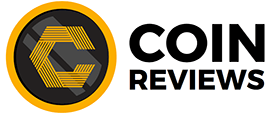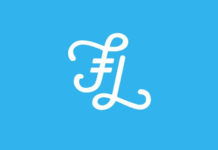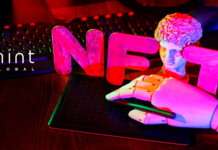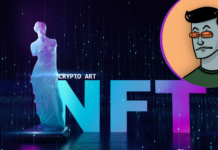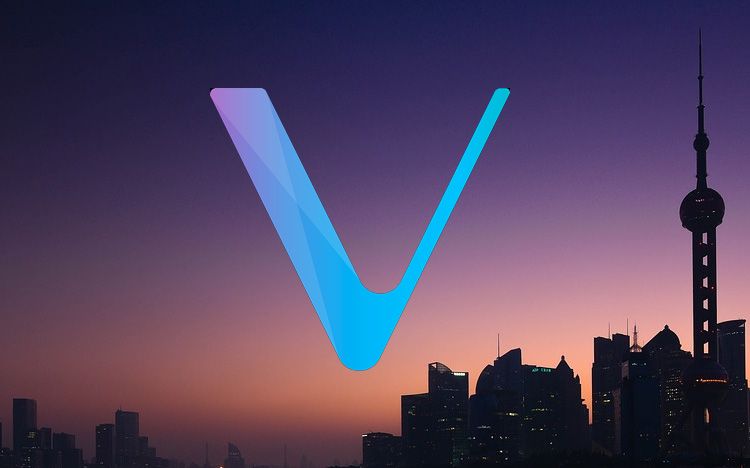
If you want to understand VeChain, it’s best to start with a couple of problems.
Lets say you’re a consumer in a store, looking at what claims to be a Marc Jacobs handbag. It looks authentic, but how can you tell for sure? Any company capable of making a convincing fake bag can easily print a convincing fake tag and certificate of authenticity, so that’s no help. And you can’t exactly call Marc Jacobs from the shop to ask if a particular bag is legit. What can you do? That’s problem number one.
Now let’s say you’re a restaurant owner. You ordered some meat that made your customers sick. You think it may have gone bad at some point in the shipment process before it was delivered to you – one of the refrigerated trucks wasn’t as cold as it was supposed to be. But your suppliers are claiming that nothing went wrong on their end, and you’re the one liable for the screw up. What can you do? That’s problem number two.
What is VeChain?
VeChain aims to be the solution to both of those problems, and a whole host of other problems, too. It bills itself as an enterprise-focused blockchain solution aimed at building a trust-free business ecosystem to solve problems of information, efficient collaboration, and value transferring for businesses and the consumers they serve.
To explain that, let’s return to our hypothetical problems. At their core, problems one and two are both trust issues. In problem one, the consumer has to choose to trust a vendor (or not) because they have no practical way to conclusively determine whether or not the bag is authentic. And in problem two, the restaurant owner doesn’t trust their supplier and has no way to verify whether the supplier’s claims are accurate.
VeChain sees blockchain and its own proprietary RFID tags and other IoT sensors as the perfect solution to this. The blockchain, after all, is immutable – it can’t be changed. So adding a couple of VeChain-linked RFID tags/sensors into these scenarios resolves the problems entirely.
In problem number one, for example, Marc Jacobs could embed a tiny RFID chip into each bag that registers and tracks it on the blockchain. To verify a bag’s authenticity, a consumer would only need to scan the bag with the VeChain app to see its origins and track its stops along the road to the store in question.
In problem number two, tiny blockchain-linked temperature sensors in the meat packaging could register temperature fluctuations during shipping on the blockchain in real time.
That way, if the meat wasn’t refrigerated properly, everyone including the restaurant owner has immutable proof of exactly what happened, and at what stage in the shipping process it occurred.
But of course, by facilitating trustless, transparent records of products at every stage of the product life cycle, VeChain has the potential to solve all sorts of problems beyond our simple hypotheticals. It has potential uses for everything from supply chain management to car insurance. The sky’s the limit.
VeChain Thor
If you’ve done any research on VeChain before, you’ve probably also come across the name VeChain Thor, the name VeChain used for a recent rebrand that has launched it beyond the world of blockchain-linked IoT tracking and into the world of distributed apps (dApps). VeChain Thor will be a blockchain dApp platform that should make it even easier for enterprises to create their own customized blockchain solutions while taking advantage of VeChain’s infrastructure.
Because of this move toward dApps, VeChain is sometimes described as an “Ethereum for enterprise.” But to be clear, the move into dApps is an expansion rather than a pivot, and VeChain will continue to develop its blockchain-based IoT systems.
The Token
As of this writing, VeChain is traded as VEN, although it will soon transition to VET as a result of the VeChain Thor rebranding process. After the transition occurs, VET holders will enjoy an additional benefit: the generation of yet another cryptocyrrency token called Thor Power (THOR). The relationship between VET and THOR will be similar to the relationship between NEO and GAS.
THOR is the “gas” that’s used for payments on the VeChain network, and VET holders will generate THOR at a set rate based on the amount of VET they hold.
Currently, VEN is an ERC20 token, though it will become its own coin as part of the rebrand, in tandem with the launch of VeChain’s new mainnet, which is a fork of Ethereum. It uses a proof-of-stake consensus algorithm, meaning that it can’t be mined.
Real Project, Real Progress
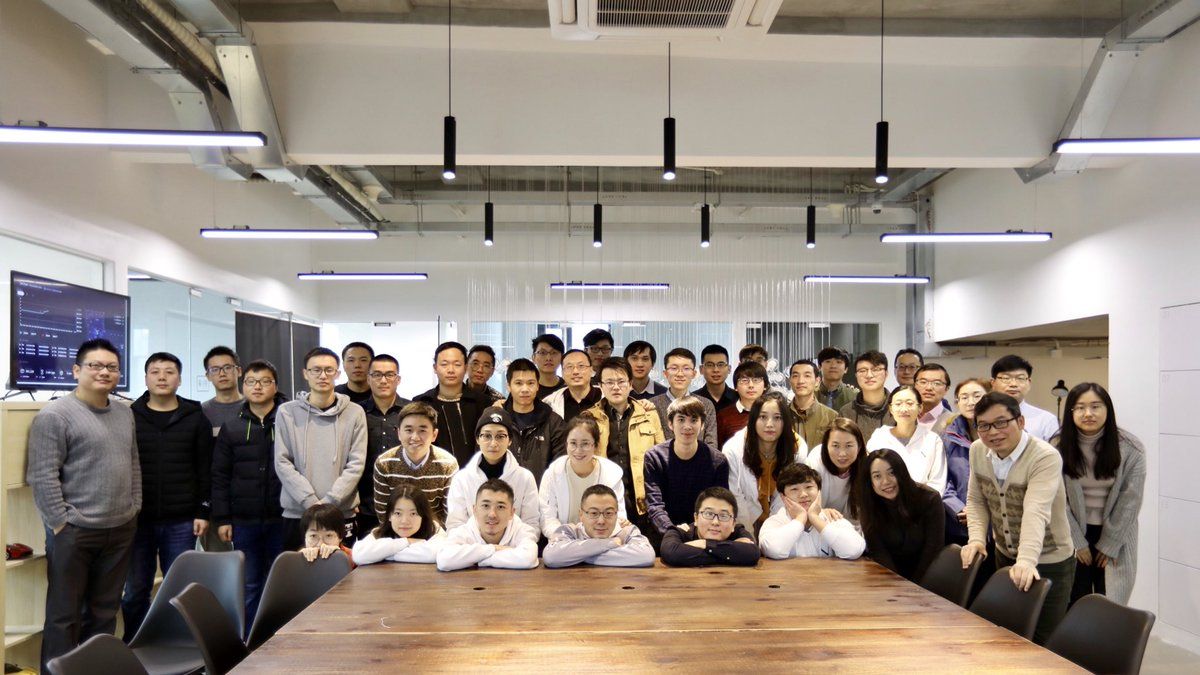
VeChain’s app, for example, which allows customers and businesses to verify information about any products they come across that have integrated with VeChain, is already available on both iOS and Android, and it has pretty stellar reviews.

VeChain has also managed to attract some pretty impressive partners, which is important for any enterprise-facing business. For example, it’s a portfolio company in PwC China’s blockchain incubator, it has formed a partnership with global QA giant DNV GL, and it was chosen as an official blockchain partner for Gui’an, a planned “smart city” identified by China’s State Council for intensive IT development.
VeChain’s team is also strong and experienced. The company began as a subsidiary of massive Chinese blockchain giant BitSe, and is headed by CEO Sunny Lu.
Mr. Lu has years of management experience working in IT for western brands including Bacardi and 3M, and prior to joining VeChain he was Louis Vuitton China’s CTO and then CIO for a period of more than six years.
He’s also a graduate of Shanghai Jiao Tong, one of China’s most prestigious universities.

